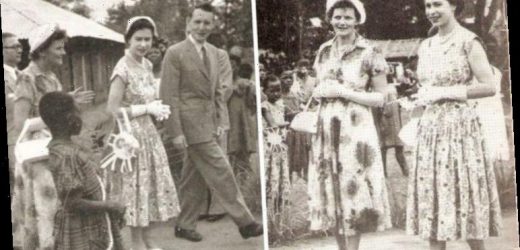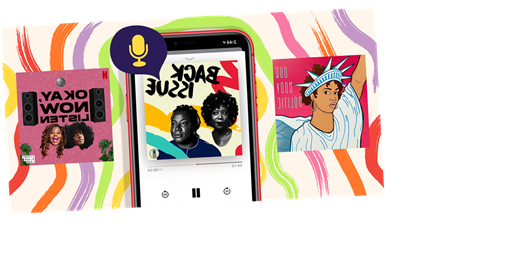Queen Elizabeth has ‘no intention’ of stepping down says expert
Queen Elizabeth II has been patron of Lepra UK since 1952. To mark World Leprosy Day 2021 which took place yesterday, the organisation shared a snap on Twitter of the monarch visiting the Itu leprosy settlement in Nigeria in 1957. What did her body language show at the time?
Sharing the snap on Twitter, @LepraUK said: “Did you know that The Queen helped sponsor children affected by leprosy through Lepra’s child adoption programme?
“The Queen adopted one such girl named Budesta in 1956, thus ensuring she could continue her education and live a life of hope and freedom!”
At the time of her visit, the Queen had been monarch for just five years.
The official Royal Family Twitter also shared a photo of the Queen visiting the settlement.
We will use your email address only for sending you newsletters. Please see our Privacy Notice for details of your data protection rights.
The photo was captioned: “Did you know The Queen has been Patron of @LepraUK since 1952?
“Her Majesty succeeded her father, King George VI, who was patron of @LepaUK from the charity’s foundation in 1924.”
Lepra UK works to raise awareness of the disease as well as support people so that they can live normal lives.
The Queen has more than 600 patronages, a larger number of which were inherited from her father.
DON’T MISS:
Kate Middleton-approved Norland Nanny parenting tips [EXPERT]
Kate ‘unplugged’: Body language expert on meaning behind selfie video [COMMENT]
Kate shows ‘determination’ with ‘emotional’ signals in latest video [INSIGHT]
The Queen’s official Twitter also added that some of her wedding cake was also sent to Nigeria.
The Tweet read: “The Queen also sent a slice of wedding cake to the Girl Guides at the Itu leprosy settlement in Nigeria in 1947, as a gesture after her wedding to The Duke of Edinburgh.”
What did body language expert Judi James think of the Queen’s signals at the time of her visit?
She told Express.co.uk: “Royal body language in the 1950’s looks a world away from the much more tactile and even playful behaviours we often see from our younger royals when they are meeting children on a visit.”
In one photo, the Queen can be seen standing with her hands together.
Judi explained: “The Queen’s smile might look politely warm here but there is an air of the visiting tourist about her non-verbal signals as she is shown the children either from a distance or with a sideways glance of passing interest as she appears to be hustled along by her hosts.”
The expert shared that it was Diana who taught the royals the “art of personal connection, pausing, touching and bending to communicate in a way that suggested desire to help, especially when there was sickness involved.”
Princess Diana was famous for her HIV/AIDS advocacy, raising awareness and giving patients her time.
n 1987, the Princess visited an AIDS patient at a hospital in London where she was photographed shaking a patient’s hand without gloves.
The gesture was commonly believed at the time that HIV or AIDS could be transmitted by touch.
Judi added: “When the Queen was young, it was all about the huge white gloves, meshed fingers with the hand clasp held high and tight on the waist and an upright, unbending posture.”
She explained that the message from the monarch was more about “special status”.
Judi finished: “The message projected was more about special status, and distance, with the gloves and the firm hand-clasp forming an international gesture that announces a lack of anything more tactile than a formal handshake.”
Source: Read Full Article






